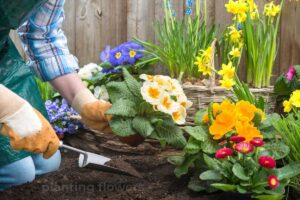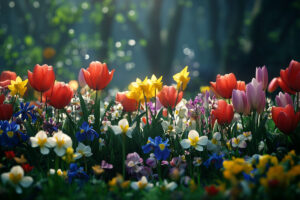This page may contain affiliate links. If you click and buy, we might get a small commission at no cost to you.
Clay soil can be a challenge for gardeners, as it tends to be heavy and dense, making it difficult for water and air to penetrate. However, with the right selection of plants, you can create a beautiful and thriving garden even in clay soil. In this article, we will explore some of the best flowers that grow well in clay soil.
These flowers have adapted to the unique characteristics of clay soil and can thrive in these conditions, providing a colorful and vibrant addition to your garden.
16 Flowers that grow well in clay soil
The below list looks at some of the most beautiful flowers that can be grown in clay soil, from those with bold colors to those with more delicate petals.
1. Hosta
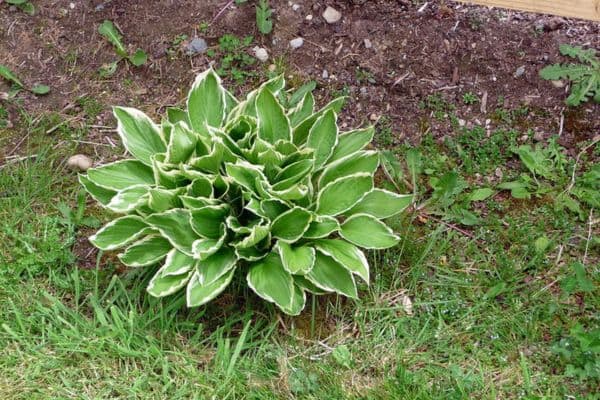
- Zone: 3-9
The hostas are flowering plants that are able to thrive in clay soil; however, these plants do best when they’re planted in soil that’s both rich and moist. They’re a type of perennial that can reach a height of up to 2 feet and have leaves ranging from white to dark blue-green, with lighter edges. Their flowers may also be colored white, cream, pink, light blue, pale purple, or lavender.
2. Bee balm

- Zone: 3-9
The bee balm is a flowering plant that must be exposed to direct sunlight for at least six hours each day. Although the plant can grow in clay soil, the soil must be well-drained.
This plant has flowers that range in color from red to pink to purple to white, and their blooming period is from June to July. Because they’re so easy to grow, bee balm is a great addition to any garden or landscape.
3. Butterfly weed
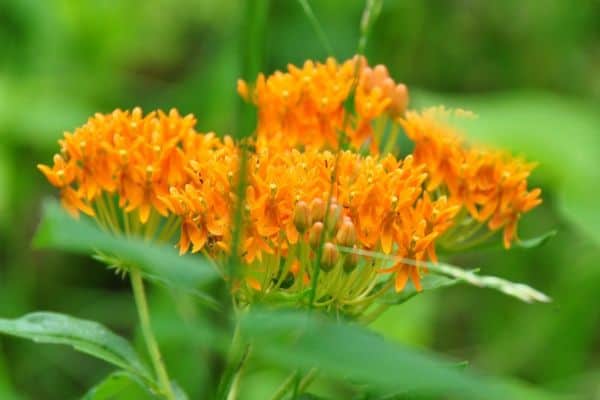
- Zone: 3-9
The butterfly weed is a type of perennial plant that can thrive in full sun and almost any type of soil, including clay. This flowering plant is very resistant to drought once it has become established.
It produces bright orange to yellow flowers that are attractive to butterflies and also hummingbirds, so it can be beneficial to have this plant in your garden if you are trying to attract some of those creatures.
4. Astilbe
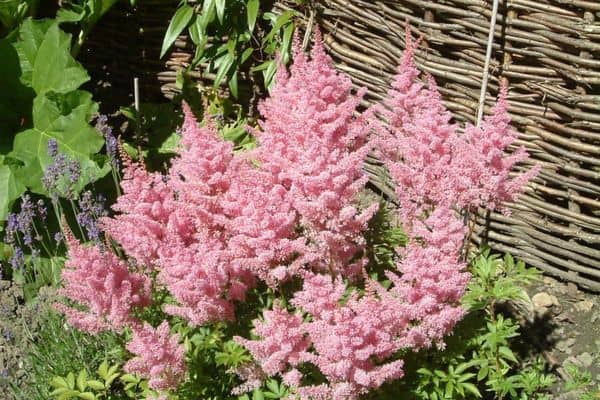
- Zone: 3-8
If you want your garden to have more color, astilbe might be the perfect plant for you. It’s a flowering plant that produces plume-like flowers that can be any one of the following colors: white, pink, red, or lavender.
It thrives in direct sunlight but may require partial shade in the afternoon, particularly when the temperature is pretty high. The best time to see them in full bloom is from early to late summer.
5. Aster

- Zone: 3-8
The Asters are one of the flowering plants that bloom in late summer and early fall. As long as you provide them with good drainage, this plant can thrive well in clay soil.
They have the potential to reach a height of 6 feet, and since they’re one of the plants that bloom during the cooler season, they would make an excellent addition to your garden.
6. Coneflower
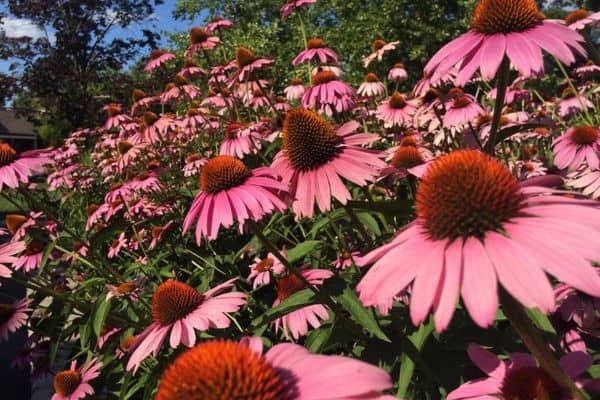
- Zone: 3-9
Because of their resistance to drought and ease of maintenance, coneflowers have become one of the most popular types of perennial flowering plants. They can thrive in clay soil as long as the soil has good drainage, which you can achieve by adding compost or finely shredded bark.
Coneflowers are beautiful plants that have colorful flowers that can be any of the following colors: pink, red, orange, white, or yellow.
7. Black-eyed Susan

- Zone: 3-10
The Black-eyed Susan is a gorgeous flowering plant that’s native to North America and can produce flowers that are bright yellow, gold, or bronze. Because of their adaptability, they’re able to flourish in a variety of soil types, making them one of the many plants for your garden that can be grown in clay soil.
These lovely plants are also drought-resistant and self-seeding, making them an excellent choice if you’re looking for low-maintenance plants.
8. New york ironweed

- Zone: 4-8
The New York ironweed is a flowering plant that can survive in clay and in conditions ranging from neutral to acidic. They’re tall plants that can grow up to 7 feet tall and have violet flowers that can be seen from late July to late September. New York ironweed is one of the best plants because it’s not difficult to maintain them.
However, if you want to limit its tendency to self-seed, you’ll need to deadhead the flowers after they have finished blooming.
9. Sedum

- Zone: 3-11
As long as you provide sedum with good drainage, this flowering plant will tolerate clay soil. This lovely plant produces clusters of flowers that you can find in a wide range of colors and varieties, including white, yellow, bronze, and pink.
They don’t need a lot of water, but they do need to be in the sun for at least six hours every day to bring out their best colors.
10. Blue cardinal flower
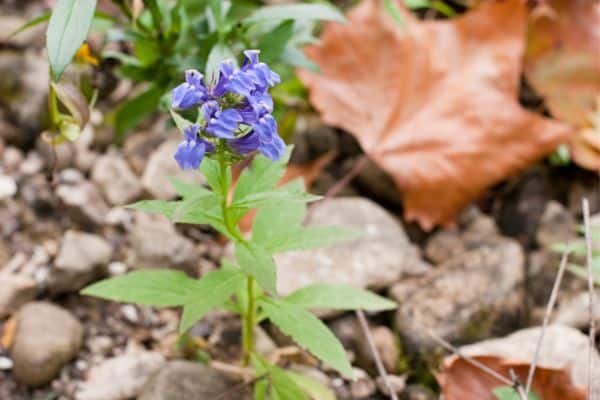
- Zone: 3-9
The blue cardinal flower is a tall, flowering plant that can reach a height of three feet. It does best when grown in rich and moist soil, but it can survive in clay soil and is able to adapt to a wide variety of soil types.
Late in the summer or early in the fall is when you’ll notice them blooming, producing bright blue-purple flowers that are attractive to a wide variety of animals, including butterflies, hummingbirds, and songbirds.
11. Blazing star

- Zone: 3-9
The perennial Blazing Star thrives in sunny locations, can survive in clay soil, and can handle extended periods of drought. It’s one of the easiest-to-grow wildflowers that you can bring into your garden, and it’s only necessary to water it frequently when the temperature is extremely high, but once it has become established, there is very little maintenance required of it.
12. Cup plant
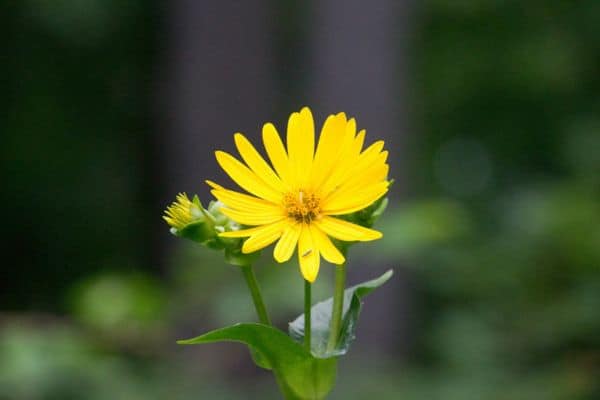
- Zone: 3-8
If you want to see more bright yellow flowers in your garden, the cup plant may be the one you need. This flowering plant begins to bloom around mid-summer and continues into the early fall.
Because the leaves of this plant form a cup and join together at the stem, it’s regularly visited by a variety of wildlife that comes to drink from the water that’s trapped on it.
13. Tickseed

- Zone: 4-10
The tickseed is a plant that produces beautiful flowers that can be yellow, orange, rose, lavender, white, or even bi-colored. Its name may be strange, but the flowers it produces are stunning.
These lovely plants will typically cover the ground, and your clay soil is an ideal environment for them because that’s where they’ll thrive the most.
14. Daylily
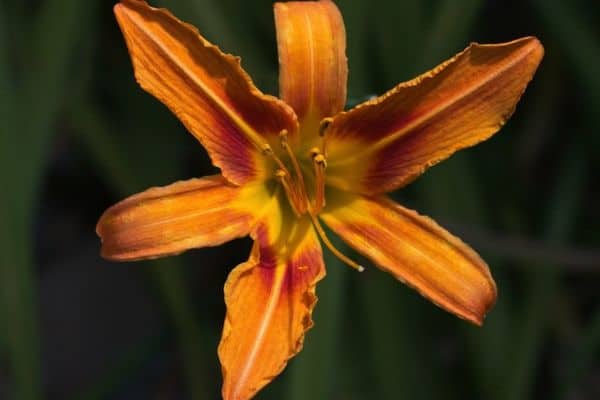
- Zone: 4-9
The daylilies are beautiful flowering plants that can tolerate growth in clay soil. They’re known as perennials and thrive in either full or partial sunlight.
These plants require very little attention, which makes them an excellent option for people who are just starting out in gardening. Daylilies produce flowers that range in color from yellow to orange.
15. Goldenrod

- Zone: 2-8
The goldenrod is a wonderful plant to include in your flower garden because it produces clusters of dainty, bright yellow flowers from July through September. They belong to the Asteraceae family and were traditionally used by Native Americans to treat toothaches and sore throats by chewing on the leaves.
Plants that have reached their mature stage require little to no care and can withstand dry conditions.
16. Sea holly
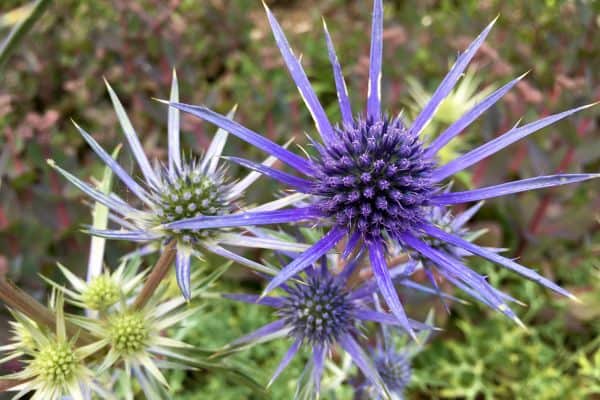
- Zone: 4-9
The sea holly is one of the flowering plants that does best when it’s grown in dry, sandy soil, including clay. These plants produce mystical flowers thanks to their thistle-like flower heads, which are blue in color, and bloom during the summer months.
It doesn’t require a lot of water, but it does need to be in the sun all day long and in soil that drains well.

